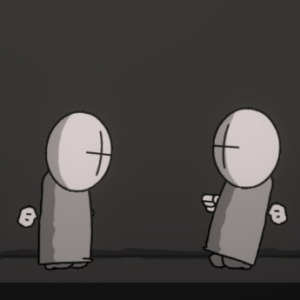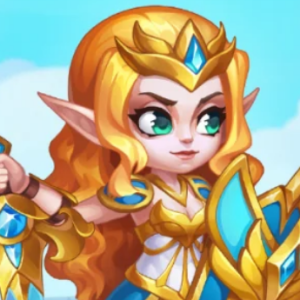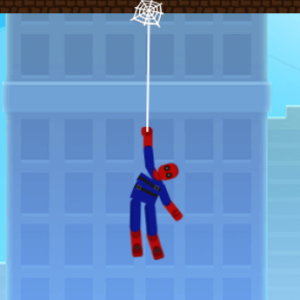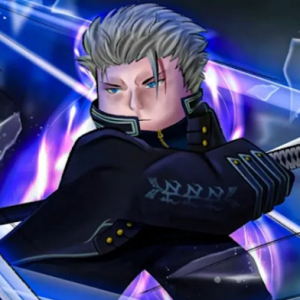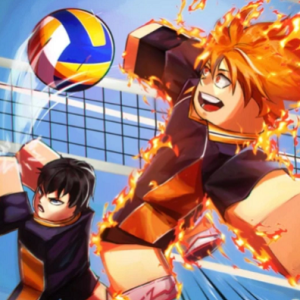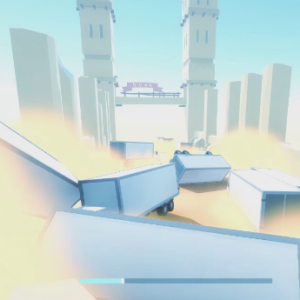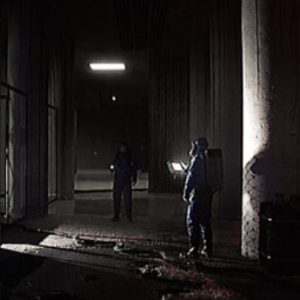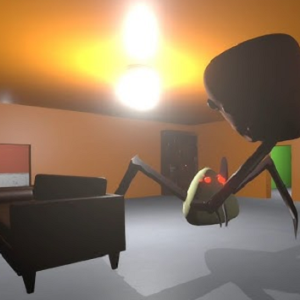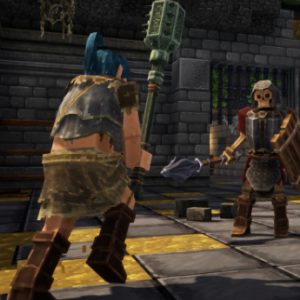Similiar games
Wheelie Life Scratch is a bike-balancing game created on the Scratch platform, where the primary goal is to keep the front wheel lifted while the rider moves forward across a continuous track. The challenge comes from the game’s physics, which require steady and precise adjustments to prevent the bike from crashing. Each attempt lasts only as long as the player can maintain control, turning every run into a test of timing, coordination and patience.
Balance And Movement
In Wheelie Life Scratch players control the angle of the bike by applying small directional changes that shift the rider’s weight. If the bike tilts too far backward, it flips; if the front wheel drops fully, the wheelie ends. Because the bike speeds up over time, maintaining the wheelie becomes more difficult as the run progresses. The physics respond instantly to every movement, making the timing of each correction essential for staying upright.
Throughout gameplay, players regularly face several key elements that shape each run:
- Speed variations that influence the bike’s center of gravity.
- Slight bumps in the road that disrupt the wheelie angle.
- The need for quick micro-adjustments to avoid falling.
- Increasing challenge as momentum builds.
- Scoring tied directly to wheelie duration.
These recurring factors create a continuous cycle of short attempts and progressive improvement.
Learning The Physics
Mastering Wheelie Life Scratch requires learning how the bike behaves under different speeds and tilt levels. Players often start by making wide, inconsistent movements, which leads to quick crashes. With practice, they begin using smaller, more controlled adjustments that allow the bike to stay upright longer. The game rewards consistency rather than aggression, encouraging players to anticipate momentum shifts before they occur.
Because Wheelie Life Scratch is built on Scratch, many community versions expand on the original idea. Some introduce ramps and sudden drops, while others add new themes, increased speeds or different visual effects. These remixes keep the core concept intact but modify the difficulty and pace, giving players new ways to test their balancing skills while staying within the familiar wheelie format.
Overall Gameplay Experience
Wheelie Life Scratch provides a physics-based challenge focused on maintaining balance under shifting conditions. Each attempt pushes players to react quickly while keeping their inputs controlled and deliberate. As players grow familiar with the bike’s movement, their runs become longer and more consistent, turning a simple mechanic into a satisfying test of precision. The game’s blend of quick attempts, responsive physics and steady learning curve creates an engaging experience centered on improvement through repetition.





